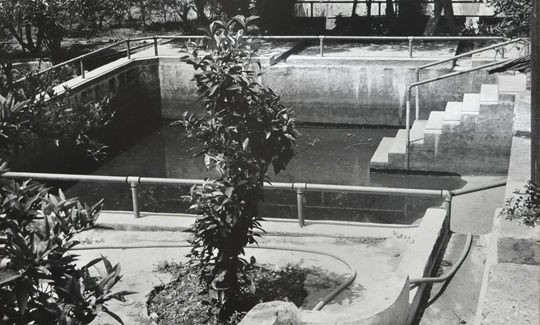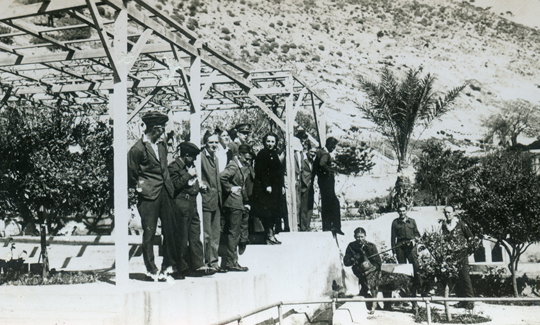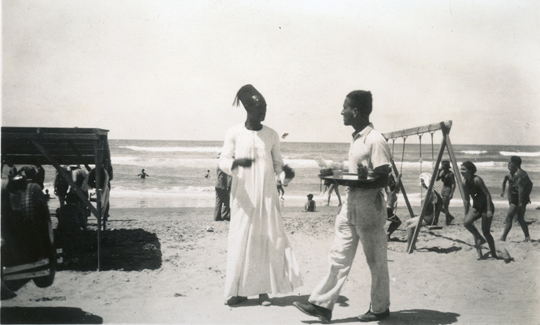On the Magic of Bustan Khayat in Wadi Siah
Saturday, 03.09.16, 20:00
Sunday, 11.06.17
More info:
04-6030800Haifa's neighborhoods are surrounded by a series of unique, open green expanses – the wadis, or dry ravines, that run down the slopes of the Carmel in the direction of the sea, connecting the mountaintop to the coastal plain. Wadi Siah, whose name is related to both the Hebrew and the Arabic c equivalents of the verb "to wander" runs down the western slopes of the Carmel. It occupies a unique place among the city's wadis, due to the combination of a natural stream bed and a rich cultural heritage within an inspiring environment that go back more than one thousand years.
Under the British Mandate, the wadi also became the site of a modern attraction when Azeez Khayat (1875–1943), a member of one of the city's wealthiest and most highly regarded families, designed an elaborate garden that was integrated into the ravine's natural and archeological surroundings. This garden, which was created close to the lower spring, the Spring of the Holy Elijah (also known as Ein Siah), combines elements of local bustans and Western gardens.
It consists of a series of terraces, decorative gardens, fruit trees, waterfalls, and irrigation channels. The use of concrete-coated stones, in the spirit of that period, endowed the orchard with a modern quality. The orchard served Azeez Khayat and his family as a site for entertainment and leisure. Upon his death in 1943, it came to be owned by his daughter Lucy. Following her death in 1972, the orchard became the property of the City of Haifa, and was neglected for many years.
Among Israeli art lovers, Bustan Khayat acquired a mythical aura as early as the 1970s. This secret paradise, exposed within a tangle of wild vegetation, inspired some of the late works created by the artist Yitzhak Danziger (1916–1977). Danziger, whose innovative approach was concerned with the connection between ecological and cultural elements in the landscape, encouraged his students at the Technion's faculty of architecture, as well as his friends, to visit the orchard, study it, and attempt to restore it. The photographs taken by Drora Spitz, who documented Danziger's late works, joined his drawings to create a remarkable visual study that appeared following his death in the book Makom (Place), which was published in 1982.
During the 1980s, additional members of the Technion's faculty of architecture began teaching courses about this site. The artist Micha Ullman and his students built an aqueduct that channeled water from the spring at the top of the wadi to the garden. In 1987, the Haifa municipality drafted a restoration plan together with the Council for a Beautiful Israel and students at the faculty of architecture, yet the results of this initiative have remained partial. In recent decades, a civilian coalition supported by various agencies has been attempting to restore and revive the site.
Two exhibitions centered on Bustan Khayat are currently on display at the Haifa City Museum and at Beit Hagefen Art Gallery – A Center for Arab-Jewish Culture. Both exhibitions explore the unique characteristics of this site and the complexity of its rich and dynamic history. These related displays foster a discussion of Bustan Khayat as a site charged with important historical, cultural, and architectural values, and constitute a call for its preservation and restoration.
Director General, Haifa Museums: Nissim Tal
Curator, Haifa City Museum: Inbar Dror Lax
Exhibition Curators: Keren Ben-Hillell and Inbar Dror Lax
Academic Advisor: Dr Ada Vittorina Segre
Curatorial Staff: Yifat Ashkenazi, Liat Margalit
Graphic Design: The Studio (Avigail Reiner & Shlomi Nahmani)




